Fall harvesting is prime time for ma̱xmeex [ma̱x/*meex] – common noun. grouse; partridge (literally x= experience/consume, meex pine cone) . This fall, we went for a drive on the backroads to harvest ma̱xmeex.
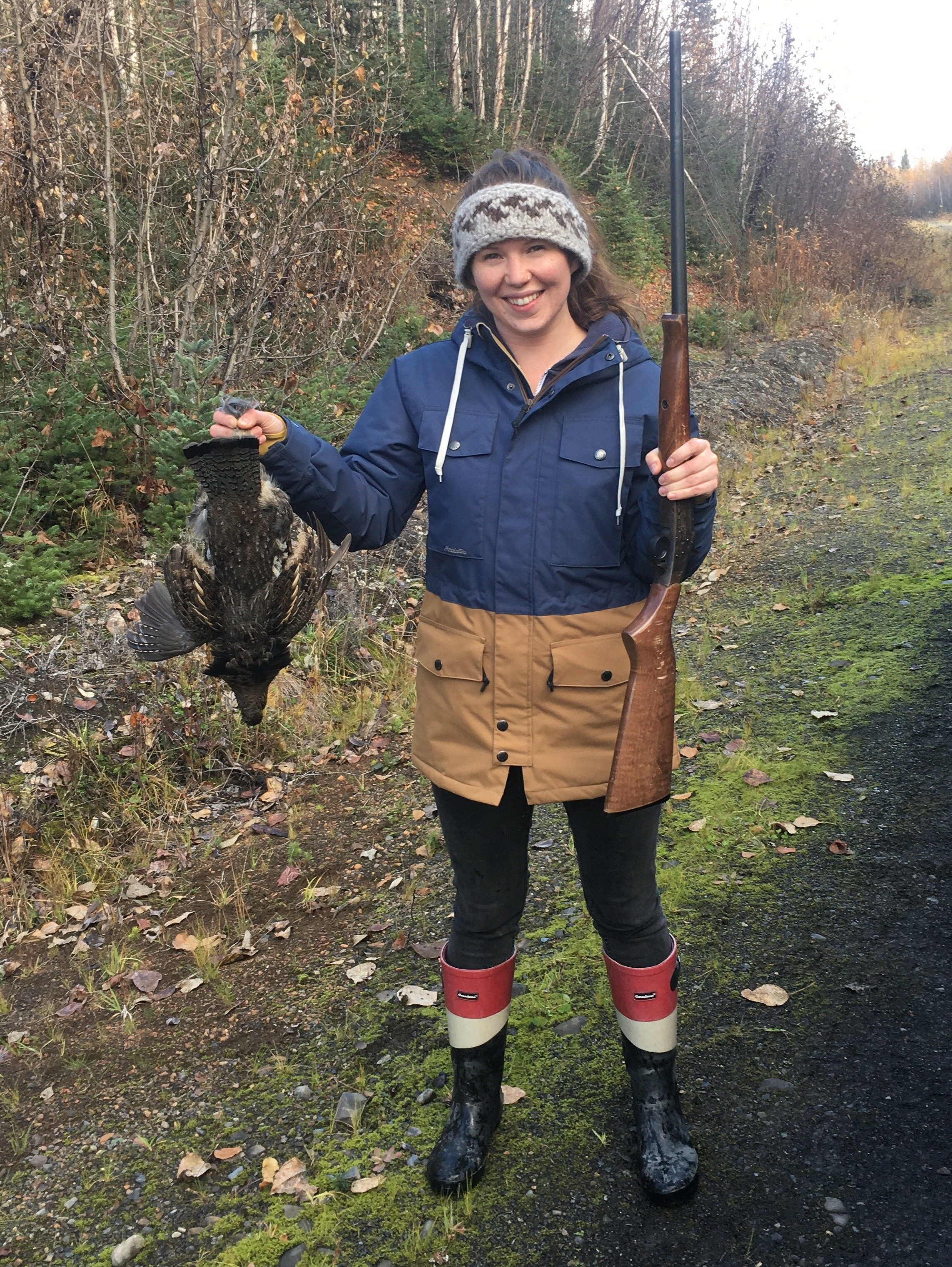
Steve says grouse hunting is a great way to hone your hunting skills. You learn to instinctively load your gun and fire quickly, and practice your aim and coordination. On a good ma̱xmeex hunting day, you might see upwards of 30 ma̱xmeex. Steve and his wek (brother) Billy had an epic grouse hunt last year and came home with 20 grouse in one afternoon (that makes about 10 meals for two people).
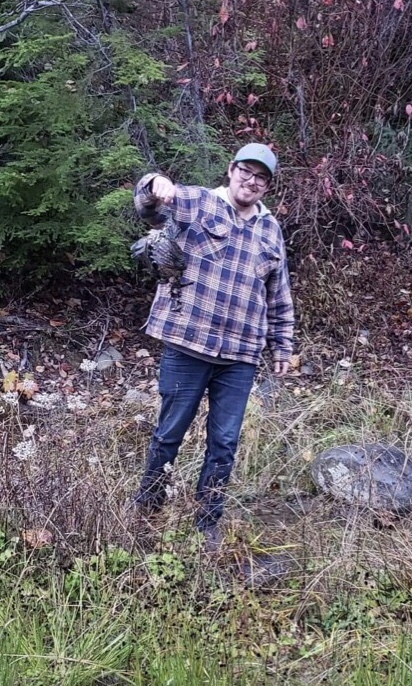
There are 3 kinds of ma̱xmeex that we harvest, Ruffles, Franklin, and Blue Grouse. Ruffles are a lighter meat, Franklins are darker meat and Blue Grouse is the biggest of the three grouse (somewhere between light and dark meat). We mostly harvest Ruffles where we hunt, but they’re all good for eating.
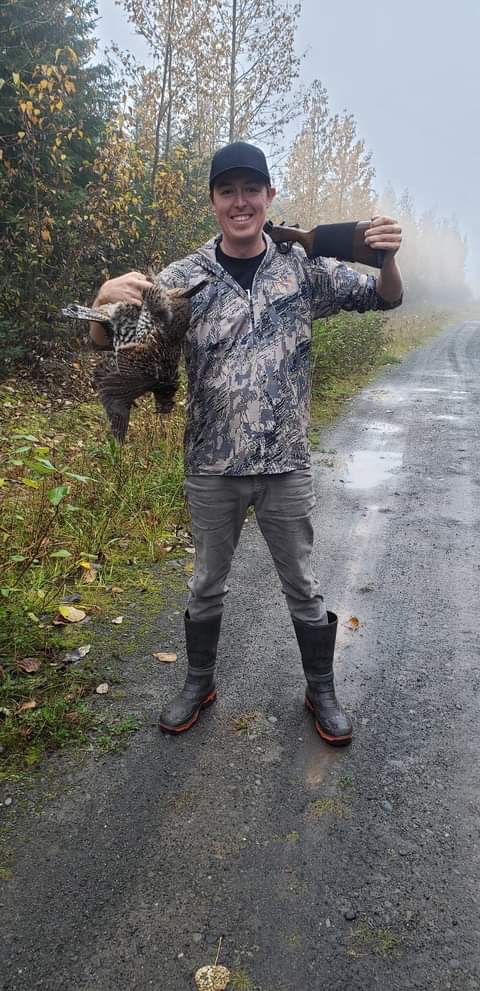
Ma̱xmeex depend largely on their feathers as camouflage, and are quick on their feet. They tend to fly for only short distances, and seem uncoordinated when they do fly up into the bush. Ma̱xmeex are goofy birds, and if you spot one on the side of the road, sometimes they’ll sit there and look at you in hopes that they won’t be seen. Even when you shoot at them (and miss), they tend to just stand there or slowly walk off the road (giving you time to reload). But on the other hand, they can also be quite skittish and and take off right into the bush at any sign of movement.
When we hunt for ma̱xmeex, we drive down remote forest service roads. We found that ma̱xmeex hunting was much better inland, further away from the coastal waters.
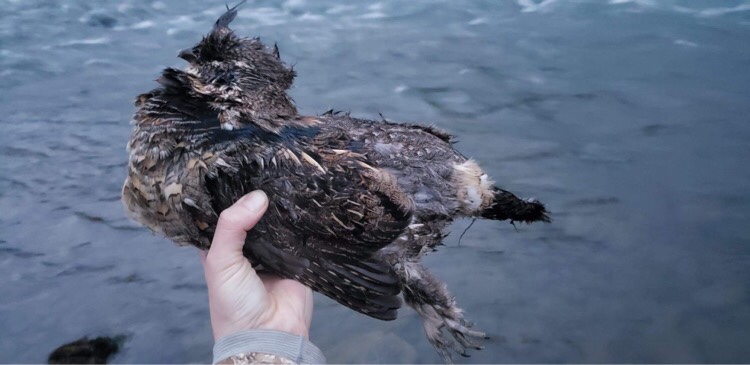
The process of cleaning ma̱xmeex:
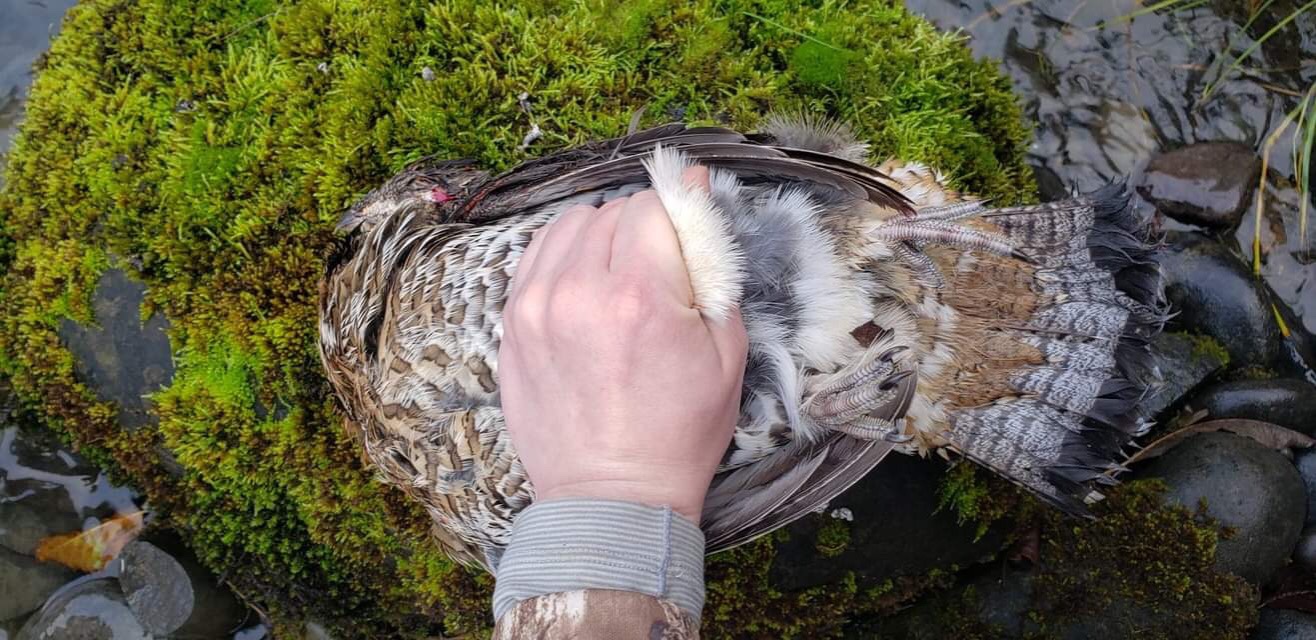
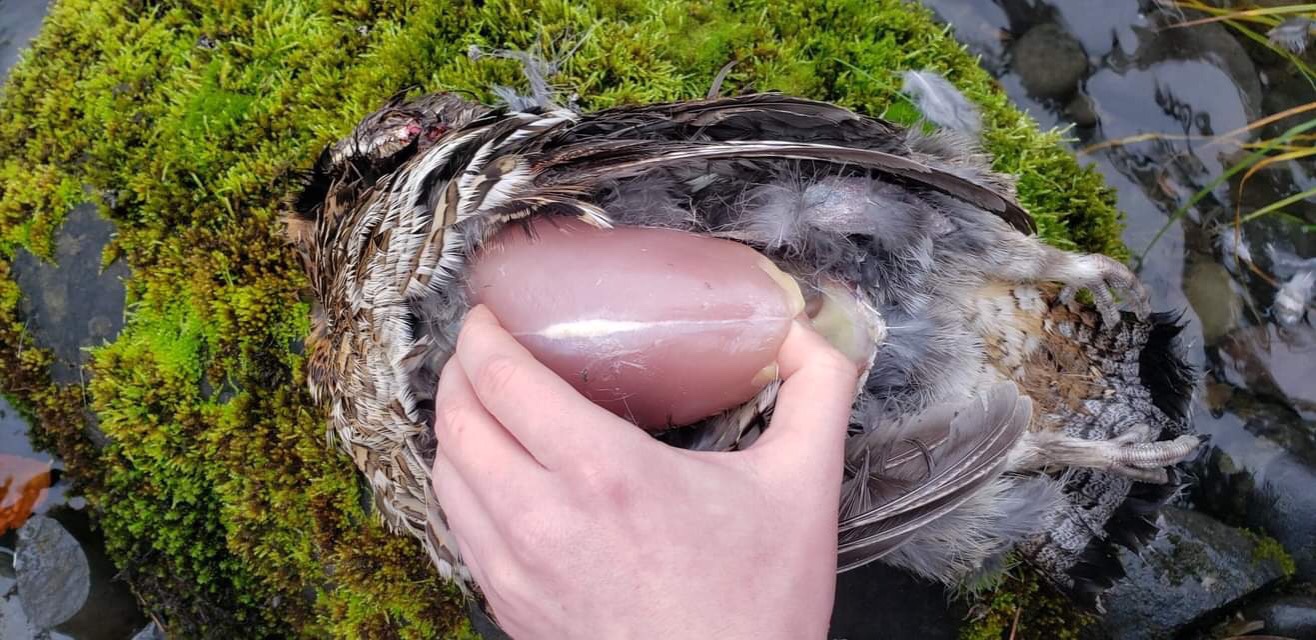
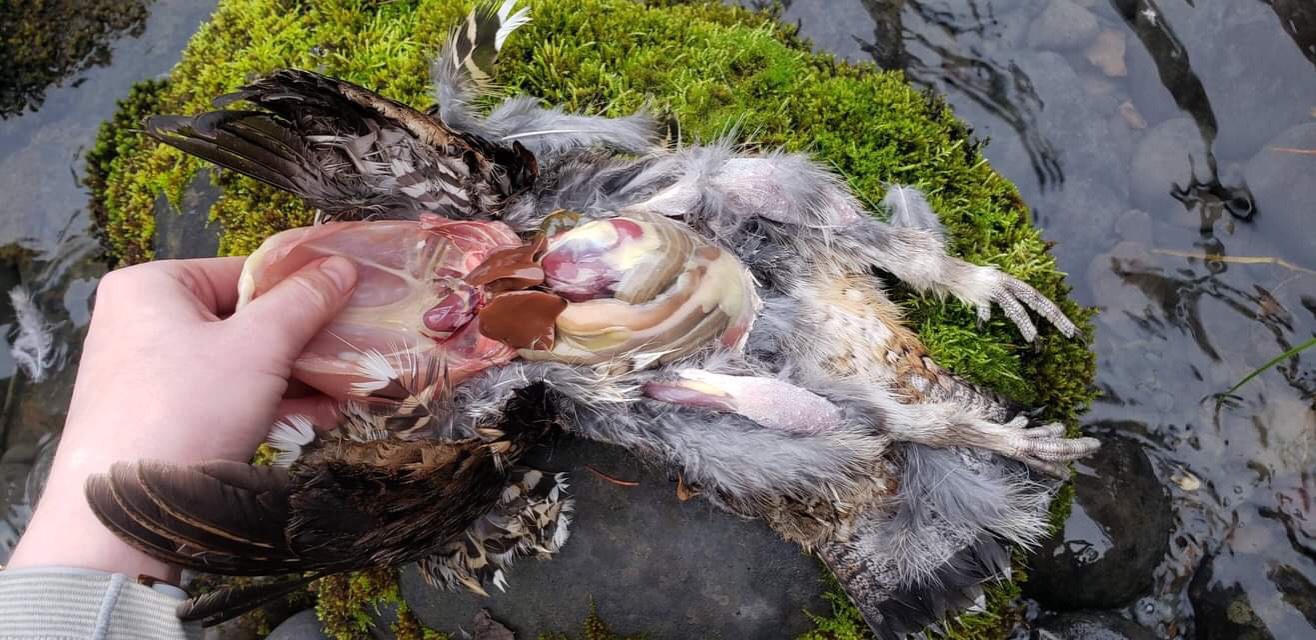
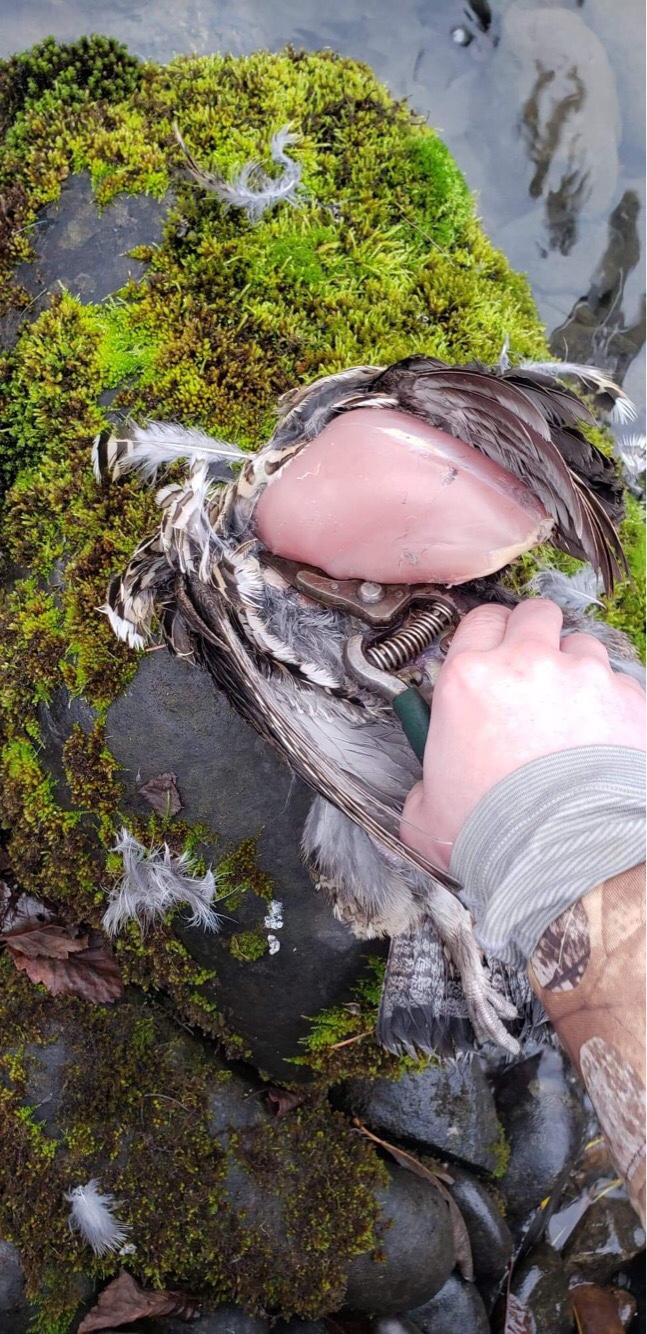
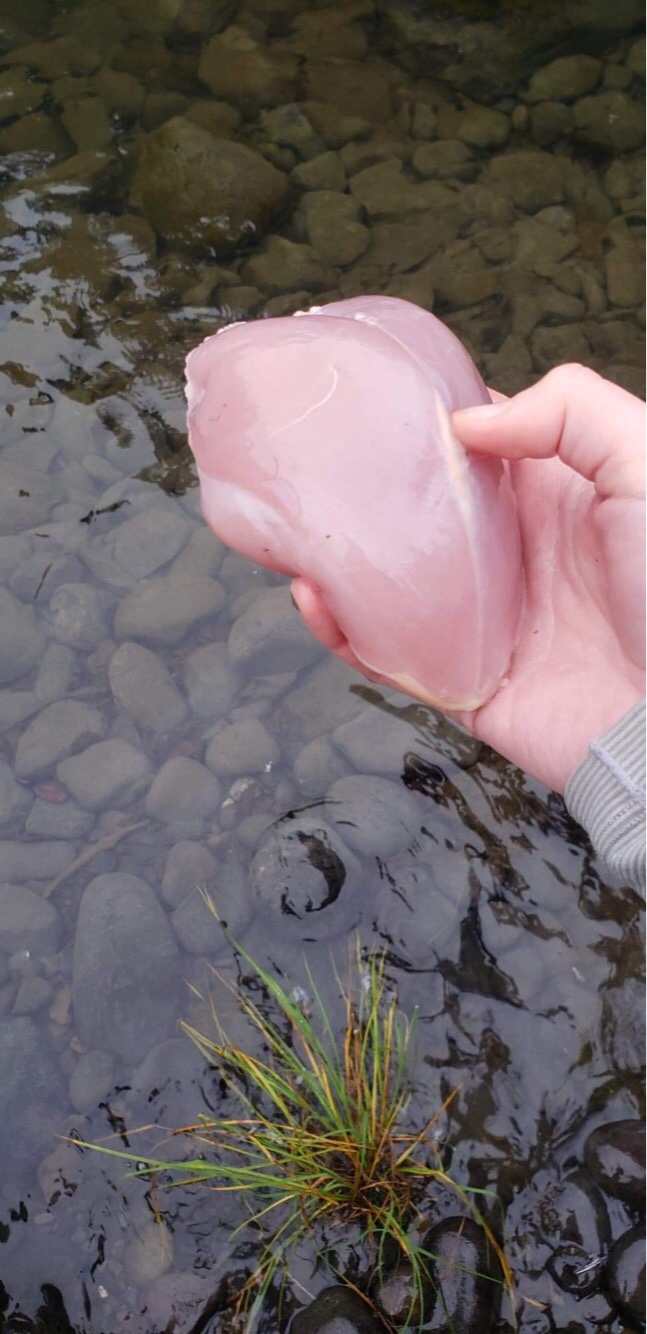
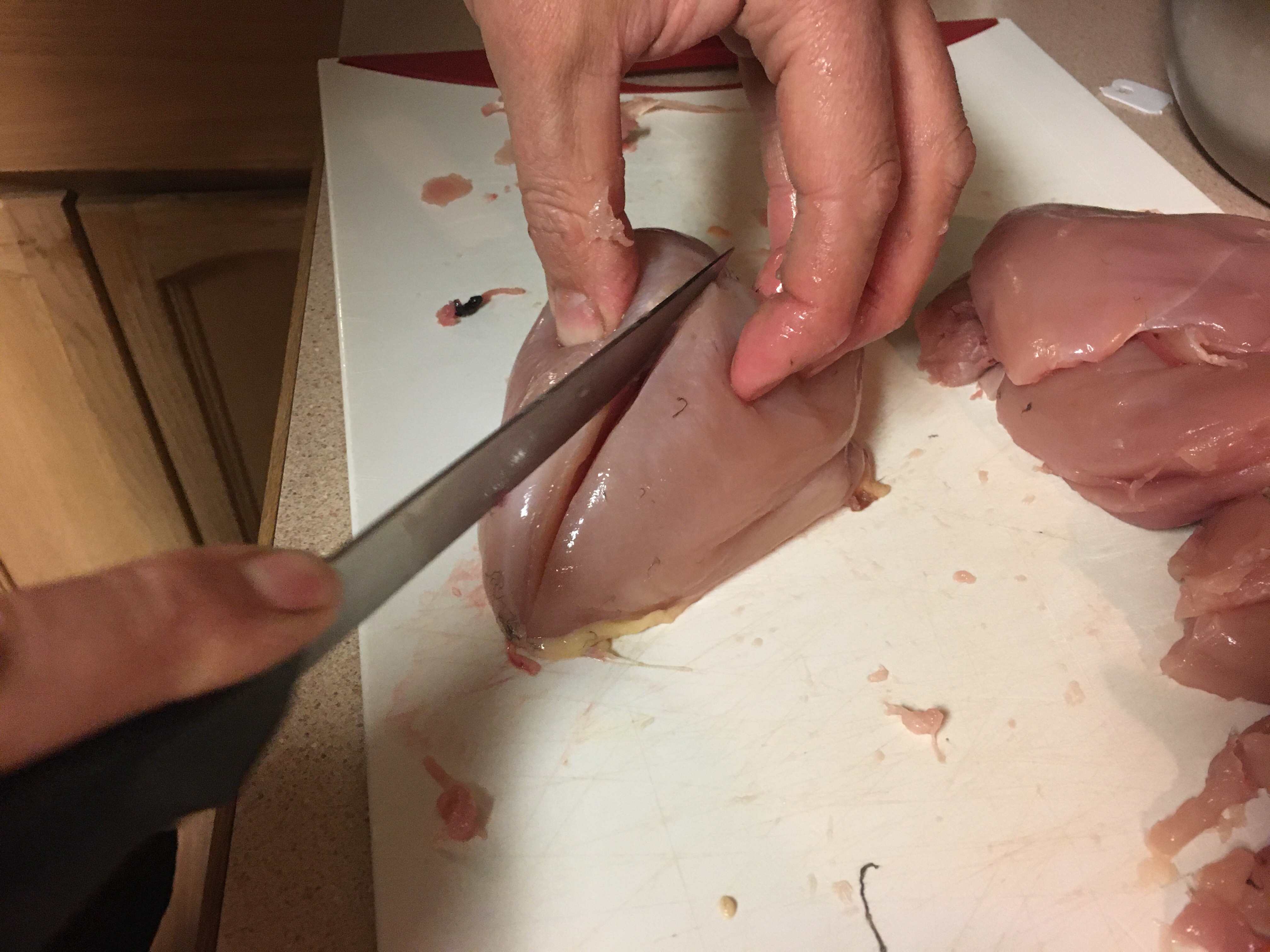
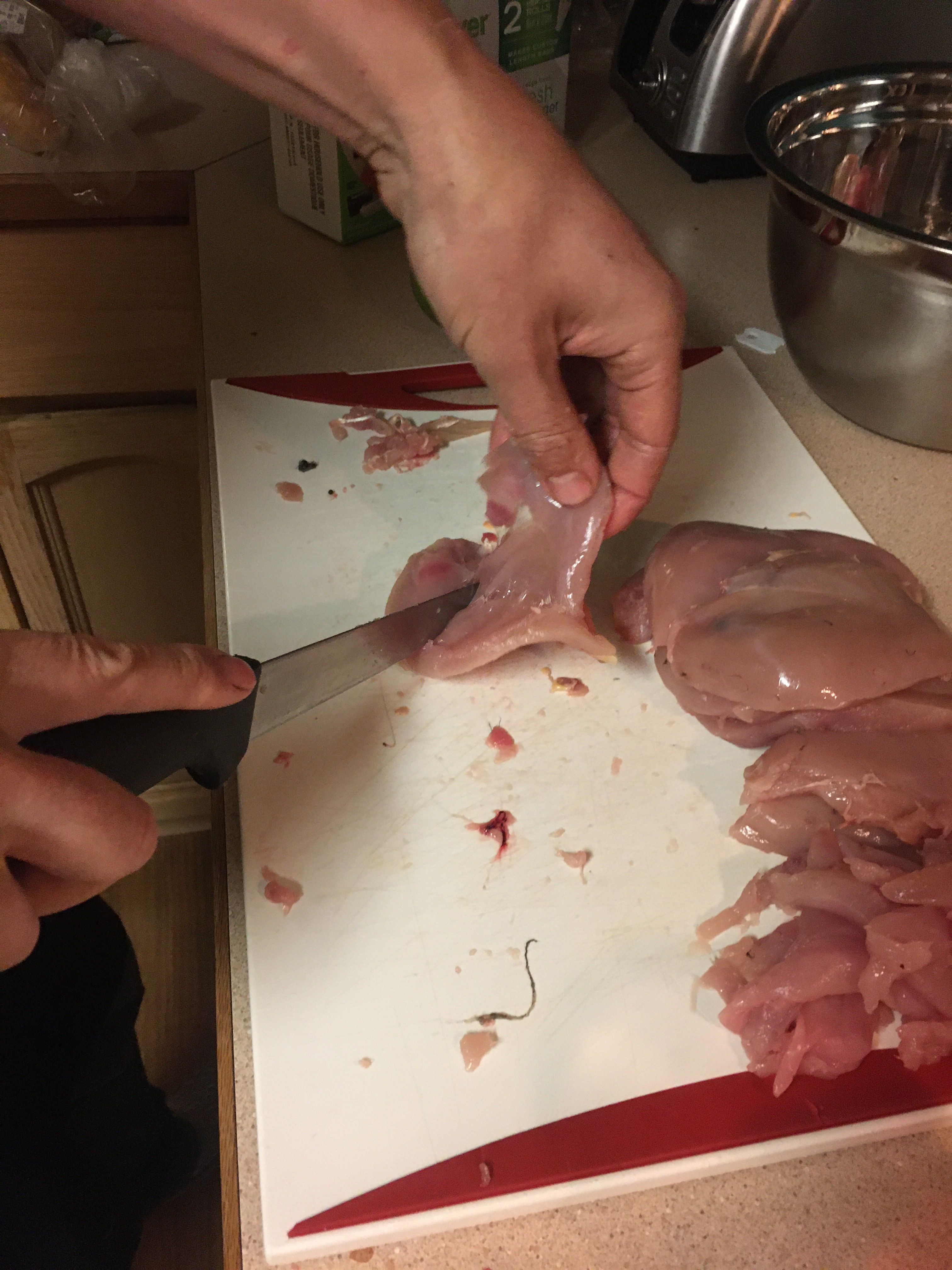
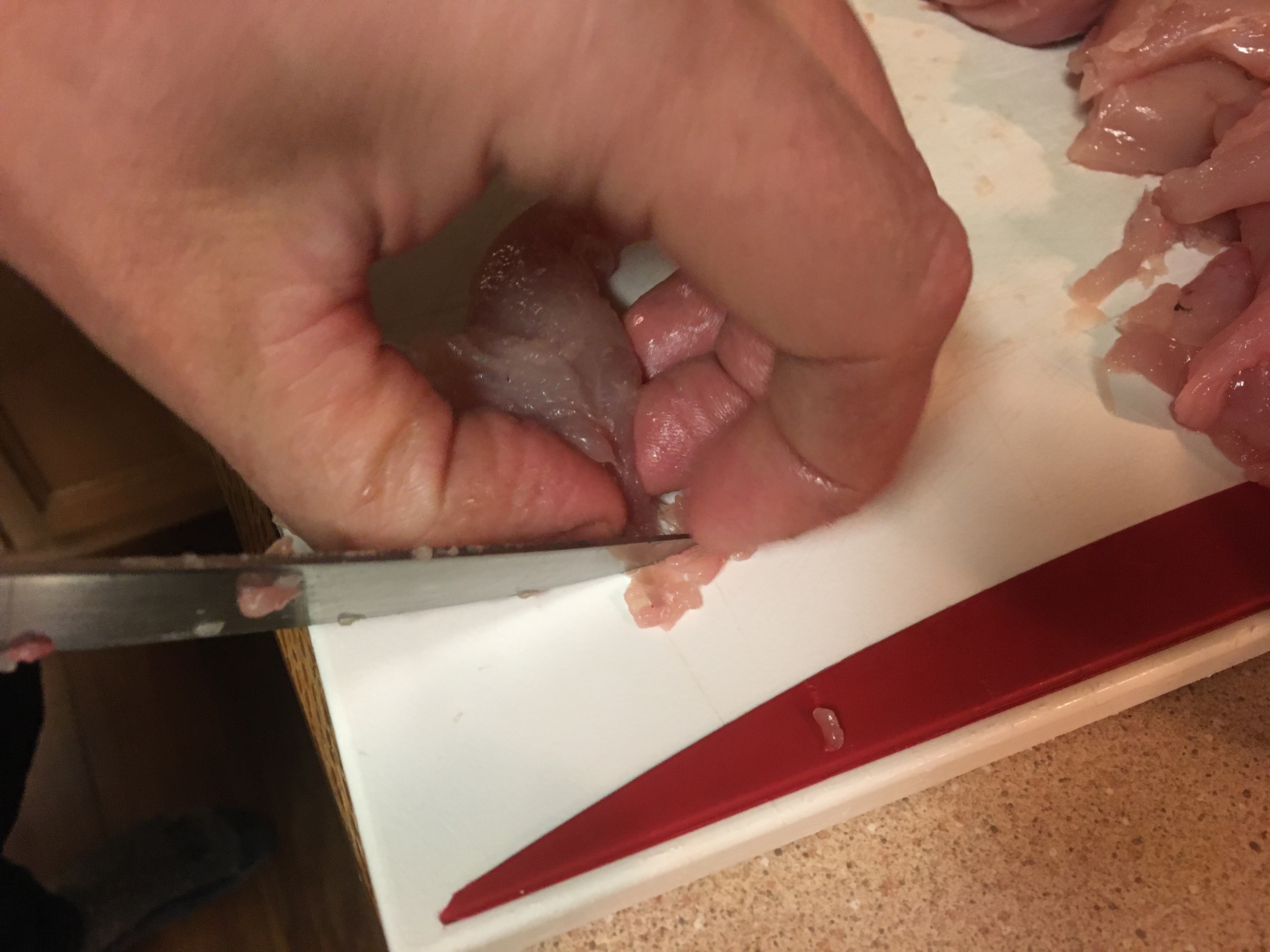
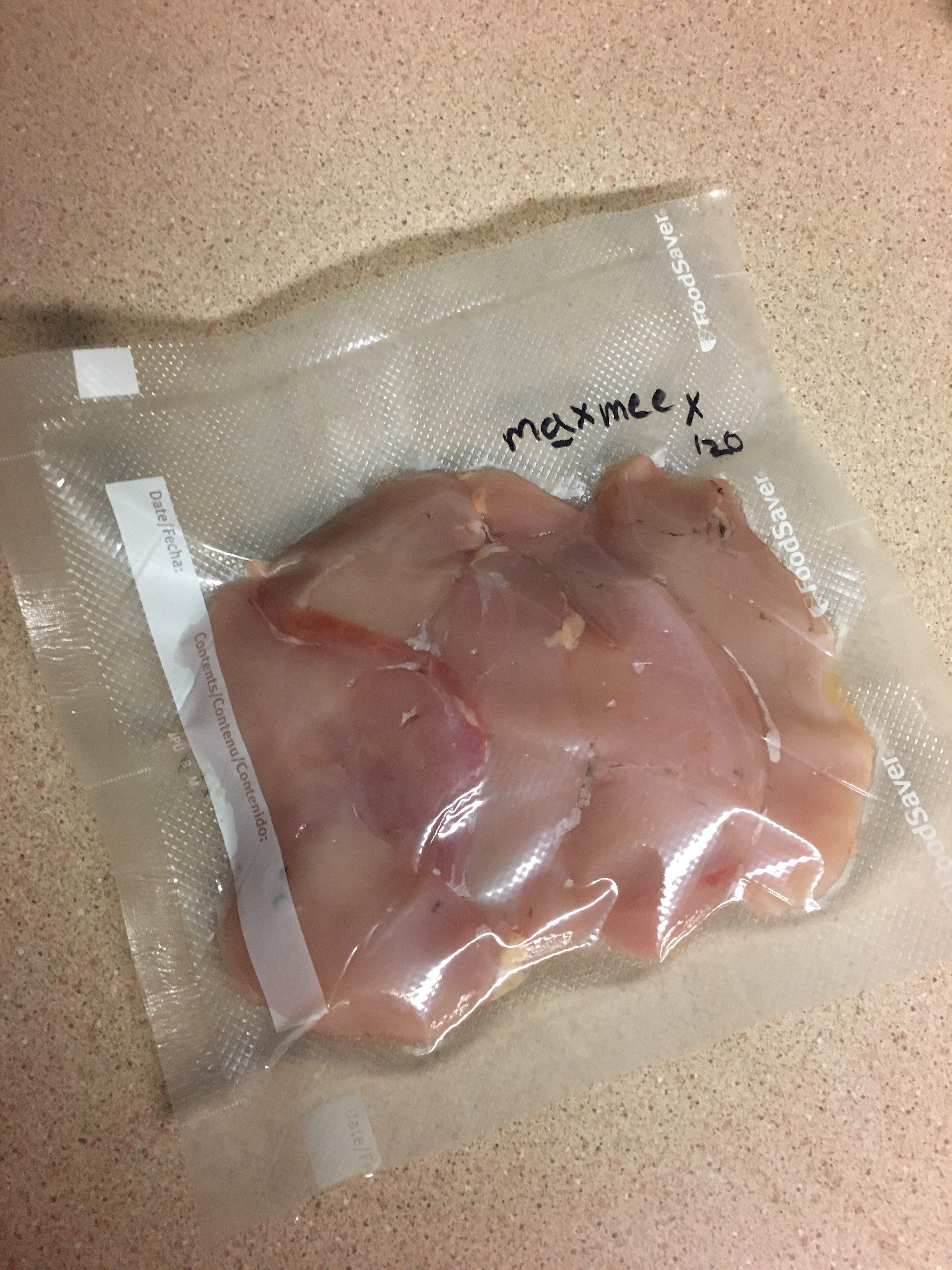
There is another way to dress ma̱xmeex, that involves stepping on the wings and pulling on the legs to separate the grouse breasts, but Steve says this method is too brutal to the bird. It can shred the breast meat, and tear the guts as your pulling up. We don’t dress the bird this way out of respect for the ma̱xmeex.
We usually only eat the breast meat, because the ma̱xmeex are quite small and lean. To me it tastes just like chicken, and you can substitute it in basically any chicken recipe. Steve says it tastes similar to chicken, but it’s less fatty. He likes to cook it quickly on high heat, I’m less picky lol. We tried making grouse wings once, but there was very little meat, and they were mostly tendon and bone! Even copious amounts of buffalo sauce couldn’t make them worth while lol.
Recently, we started saving the heart, liver and gizzard so that we could boil them down for our dog Copper. Humans can eat these organs too, but again, they are very small! The heart and liver are about the size of a quarter or smaller (as you can see in step 2.5 above). The gizzard is an acquired taste (it can be chewy), but can be tasty if you have the right recipe. The gizzards are 3 times the size of their other organs, but you have to slice open the gizzard and peel out the grouses food from inside the gizzard before eating, making the remaining organ much smaller than it initially looks. We also saved all the leftover breast bones to boil down into a stock. It takes about a dozen ma̱xmeex to make 3-4 highly nutritious meal supplements for Copper (we mix in the grouse organs with his regular dog food).
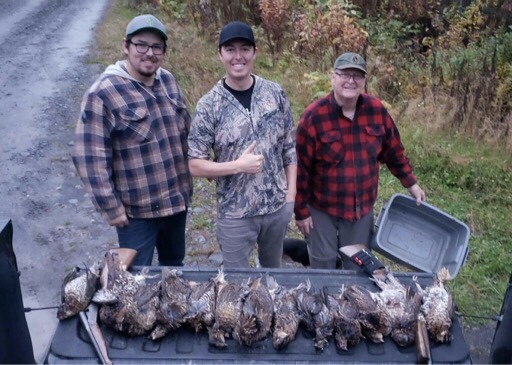
T’oyaxsut nüün – thank you Mr. Campbell for the Sm’algyax pronunciation used in this blog.
Guuł haw – shoot straight!
S&L – October 6, 2020